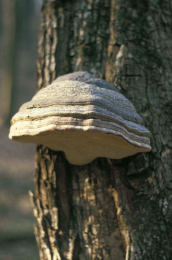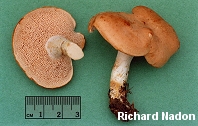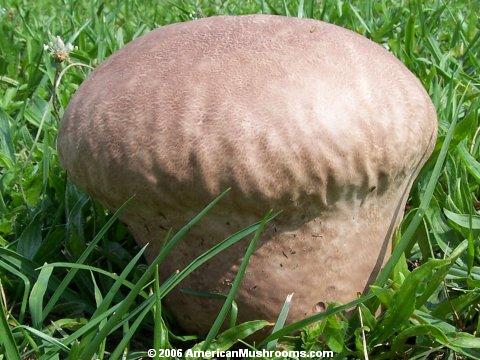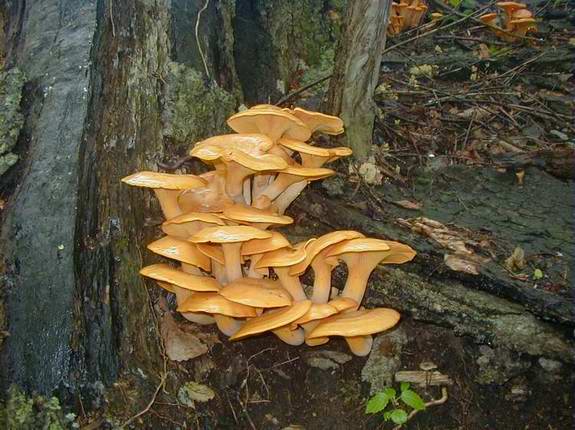*edited to add Week 2 notes 9-4-12
Our first unit, with 6 lessons, will be on Algae and Fungi. We are taking 1 week on each lesson, reading the text through, looking up information from various resources, adding to our notebooks with narrations, notes, and drawings over the week, and taking a test on Fridays, before the next lesson.
I will be adding/updating this post with notes as we go along thru the next 6 weeks of this unit with resources we find useful and other goodies as I find them. Please do share any resources, links, or books you might know of as well.
General Notes:
The Hiker's Notebook is a great site, full of information on a variety of nature goodies, including our algae and fungi lessons.
Fungi Flashcards from QuizletHandbook of Nature Study blog, of course!
Michigan Morels has a great photo post of edible, or meadow mushrooms
poisonous and look-alike mushroom listing
Mushroom Appreciation site
Zen's WNC Nature Notebook, great information on plants as well as fungi of North Carolina
North American Mycological Association pages, lessons and ideas
A Fungus Among Us ebook
The good, The bad, and The ugly...a Purdue Ag Fun with Fungus in the Classroom study
Golden Acorn Homeschool blog sharing on fungi
Lesson 1: Mushrooms with gills
The Nature Photo site has some great pictures of gilled mushrooms, our first stop
a PDF describing gilled mushrooms and their identification
Mushroom Education workbook, a 53 page workbook for children from the American Mushroom Institute
Mushroom Fact Sheet pdf
Mushroom section
The Mushroom Journal, great photo plates and descriptions
click to enlarge and view
Week 2: Mushrooms without Gills notes:
- pore mushrooms have small tubes, or pores, opening downward under the cap. Spores are formed inside and are shed thru the tubes. This group is call polypore, meaning "many pores"
- Pine Cone mushroom is shaped like a meadow mushroom, but has a longer stem, and tufts on the blackish cap appear like scales on a pinecone.
photo credit: M. Doran, ECOS visit site for more great nature walk photos
- Artist's Fungi grows as a bracket on oak or beech trees. Ranging from 2-8" across (some up to 2 foot), it is brown-gray and sometimes covered in rusty-brown spores. (a nice site with information and a slideshow of photos here) Each year a new ring of growth adds to the width and thickness. The spore tubes are pure white, but when they are injured they turn dark. A picture can be drawn on the underside by pressing with a pointed stick. Hard pressure produces a dark line, lighter pressure a more pale line. As the mushroom dries, the drawing becomes permanent.

photo credit: Altoon Sultan


credit: Cabin Creations of Maine visit site for some views of sketches on mushrooms!
- rusty-hoof fomes (fom-mez) grow on beech, birch, and some other hardwoods, and may live up to 35 years. It was commonly used as tinder in early America.

Tinder Fungus refers to a number of species of fungi that catch and hold coals very well.They are used for holding a coal for an extended period of time, so as to not have to go through the effort of restarting a fire. Simply pry off a chunk of the smoldering Tinder Fungus and use it to light some tinder and remake your fire.They are also used to initially catch sparks in certain fire-making methods, such as the fire piston.Please note that the names of "True Tinder Fungus" and "False Tinder Fungus" will vary from region to region, and also depending on your context. For example, from a mushroomers point of view, naming Chaga (Inonotus obliquus) as tinder fungus is incorrect. A common name would be either chaga or clinker polypore; and that which is identified on this site as false tinder fungus is the true one! In any case, chaga makes a great tea with anti cancer properties. Fomes fomentarius the tinder polypore is also medicinal and can be used to make cloth or paper. (Thanks to David Spahr www.mushroom-collecting.com for this info!).Identifying a true 'tinder fungus'
polypore fungi and primitive firestarting
- Hydnum repandum has a spore scatterer, white or buff in color, with a smooth cap as wide as 8" across, and an off-center stem less than 2" long.

credit: MushroomExpert.com
- Puffballs have their spore-producing organs covered by a tough, sometimes papery, covering. Giant Puffballs can grow to 20" across (with record-holders up to 6 ft. across and weighing 60lbs!) A Puffball weighing 5lbs can produce over 7 trillion spores, each in turn with the potential of producing 5 lb puffballs containing 7 trillion spores...in a mere 3 generations of Puffballs, they would produce a mass of mushrooms 800 times the size of our entire planet!
- Puffball spores mature and release from small tears in their covering. Every disturbance...a bird lighting to rest, a squirrel scampering past...sends up tiny clouds of smoke (spores).
- a Bird's Nest Puffball grows on decaying wood and is a tan cup-shaped lower portion as large as 1/2in wide holding several white, egg-like spore balls, each fastened to the cup by a thread.


credit: Tom Volk, UW-LaCrosse
- Earthstar mushrooms grow on bare soil. They are dark gray in the center, with from 7-20 papery 'petals' surrounding the 1-2" dry center. They measure water in the air...when there is low air moisture, the petals close around the center ball. When there is higher moisture content, the petals open. During very high moisture times, the petals may curve completely backwards and extend under the center ball, lifting it so as to resemble a standing man.



credit: via Google Images
edited to add new link (9-3-12): This is a nice General Botany site with some good information we have used, as well as several graphics we printed off for the notebooks.
some neat notes and a few images on Fungal Biology
The Fungus Among Us museum interactive
Life The Science of Biology section of tutorials and activities on fungi
BJU Press General Science links



No comments:
Post a Comment